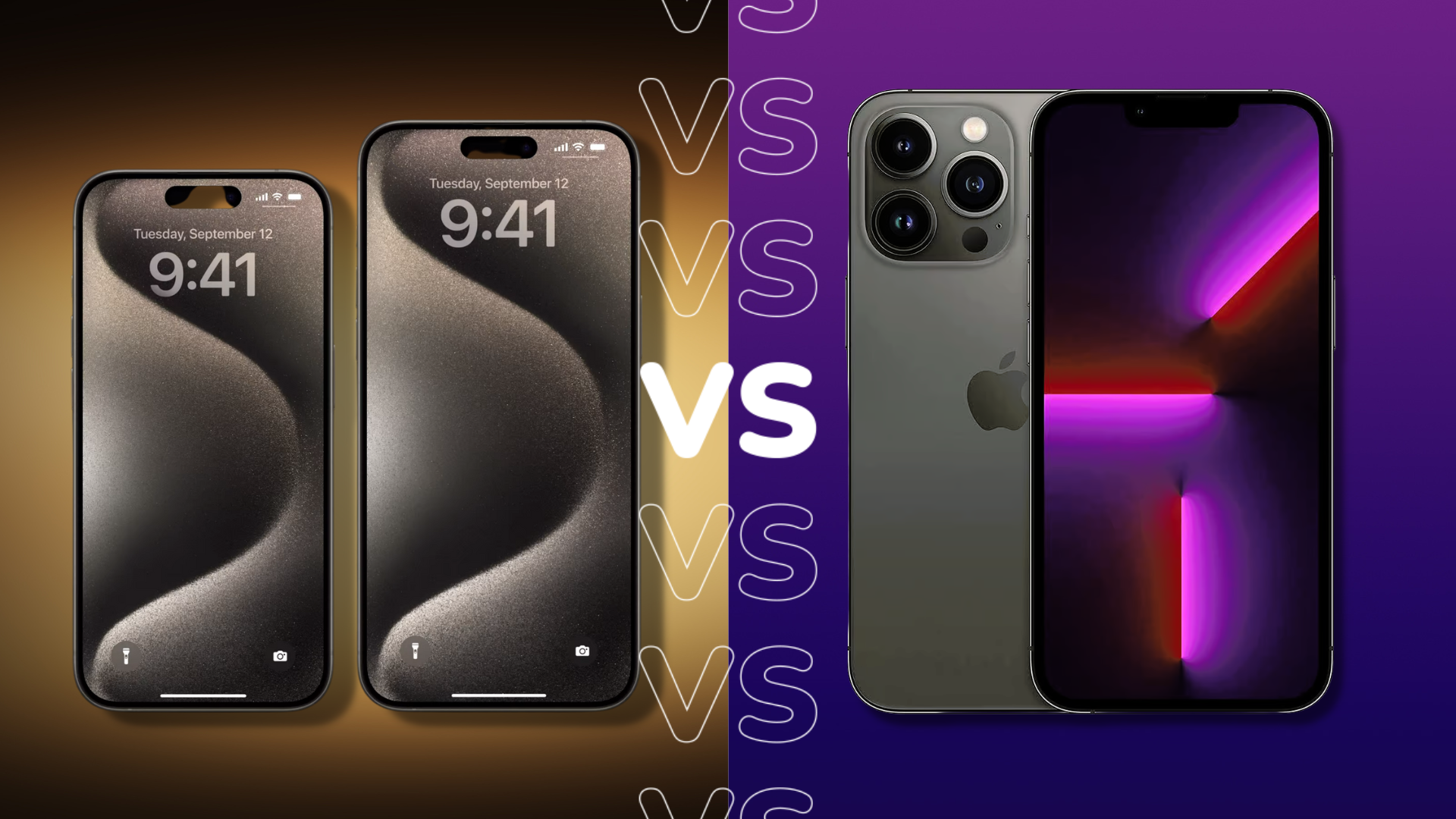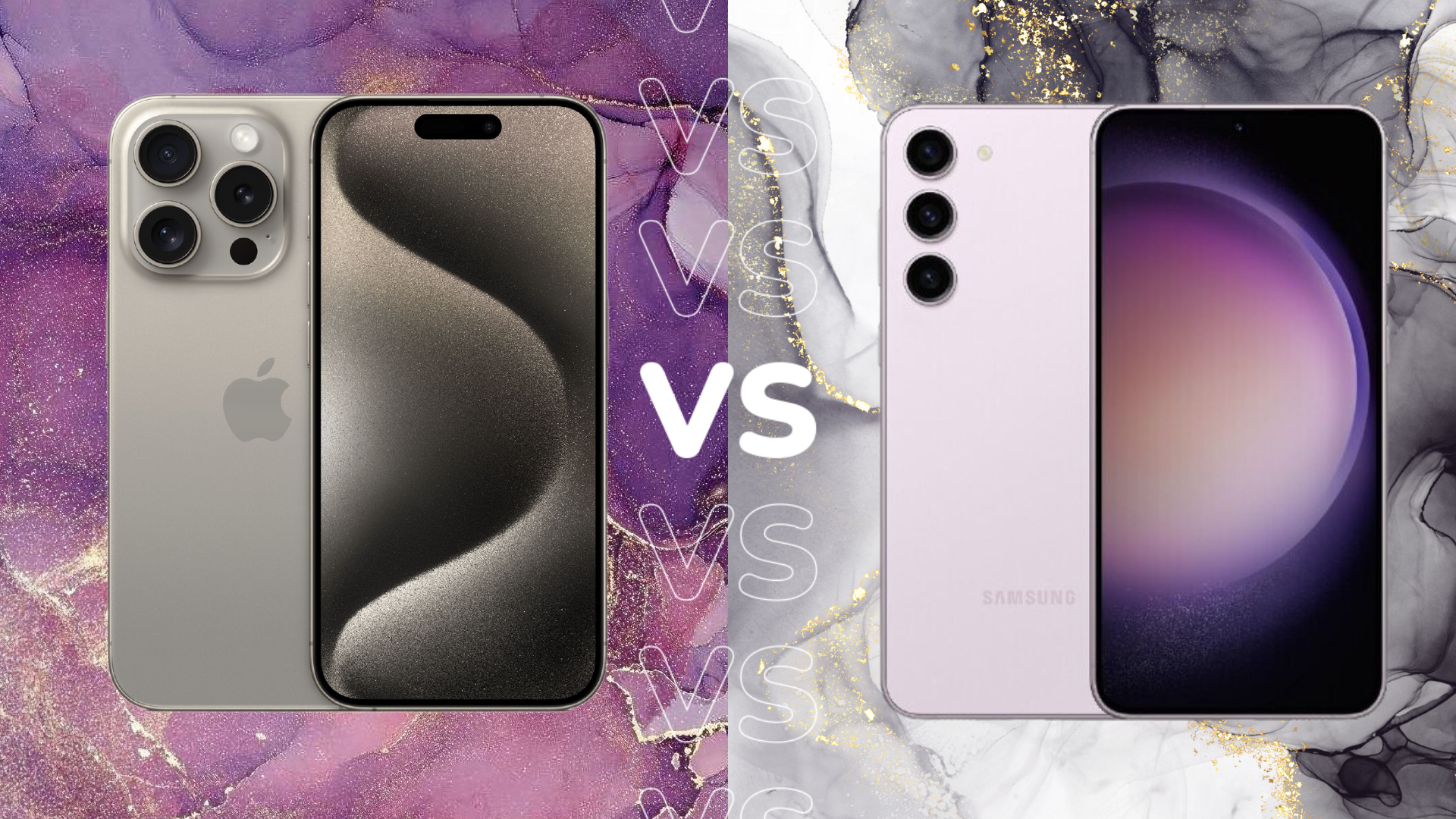What is a 3nm processor and why does it matter?

Apple recently revealed its first 3nm chip in the form of the Apple A17 Pro inside the iPhone 15 Pro and iPhone 15 Pro Max. At its Scary Fast October event, we may see its first 3nm SoC for the Mac. But, just what is a 3nm processor anyways?
Knowing what a nanometer is, in the context of computer chips, isn’t something every consumer needs to know. But, it is a key part of the technology and, when a big advancement happens, it can mean a lot for the user experience.
With the Apple A17 Pro chip, the iPhone has moved onto a 3nm process and, come the Apple M3 chip, its Mac SoCs might use the same technology too. These are the key details of what it means.
What is a 3nm processor?
Nanometres (nm) indicate the size of a process node on a chip, such as a 3nm process. A smaller process means an increased number of transistors can be fitted onto a chip.
In simple terms, the smaller the process in nanometres, the more performance and efficiency on offer. However, this is a broad view as advancing technologies and different methods used by different manufacturers can impact overall performance.

Apple Music
Apple Music gives you access to over 100 million songs and 30,000 playlists, ad-free. Listen online or off, across all your devices, and hear sound all around in Spatial Audio with dynamic head tracking. You can now try 1 month for free!
- Apple
- Get 1 month free
- £10.99 p/m
Nevertheless, especially when compared with other chips used by the same manufacturer, it can provide a strong indicator of a leap in performance in efficiency. This is evidenced by the move from Apple’s 4nm A16 Bionic chip to the 3nm A17 Pro.
Apple is touting a 6-core GPU that’s 20% faster as well as a team-up of 2 high-performance CPU cores and 4 high-efficiency CPU cores which is up to 10% faster, adding up to the fastest single thread performance on any mobile platform, according to Apple. The 16-core neural engine is set to be twice as fast. The A17 Pro also offers hardware-accelerated ray tracing that’s 4x faster than software ray tracing on the A16 Bionic.
MediaTek also announced its first 3nm Dimensity chip, which it claims can provide 18% higher performance while using 32% less power. These chips are set to be available on devices like smartphones, tablets, cars and more in the second half of 2024.
The results of these kinds of advancements should lead to increased performance and increased battery life for the end user.
The rumoured 3nm Apple M3 chip could be about to come to the 14-inch and 16-inch MacBook Pro models, and a much more significant leap in performance is expected compared with the shift from M1 to M2. The new M3 Pro and M3 Max chips for those laptops are expected to use a 3nm process, while a new iMac is rumoured to get the regular M3.
We don’t know exactly how much added performance and improved efficiency the 3nm process could enable with the new M3 series but Mark Gurman (via X) reports the new chips will sport “up to 16 CPU cores and 40 CPU cores” up from the 12-core CPU and up to 38-core GPU that the M2 Max currently offers.







